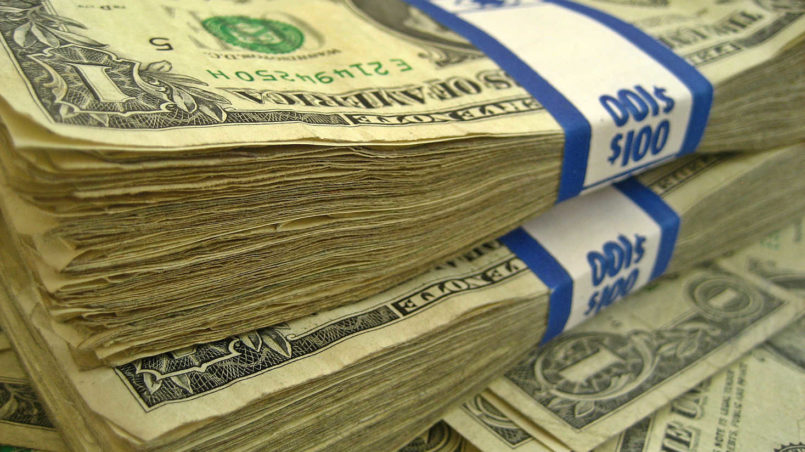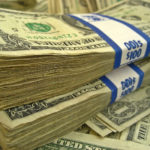Differences in income and wealth – The current situation

Differences in income and wealth – according to the current credo of our economic perspectives – are the driving force and motivation for our economy.
To a certain degree, this is true. Ambition and healthy competition encourage people, who like to measure themselves against others, to perform better; the selfish wish of the individual to be better than others, in general, leads to a lively and dynamic market situation. If you recognise the teachings of Adam Smith, then you hear correctly. However, when quoting his works, the desired interpretation is always chosen and a central element of his philosophy ignored. In fact, without a doubt, Smith stresses that there are clear boundaries and that the market will lose its self-regulatory quality if too much capital (and thus, the possibility for political, social and economic influence) is concentrated in only a few hands. It appears that we reached this stage a long time ago:
62 versus the rest of half the world
The global distribution of wealth, as evident in a study from Oxfam at the beginning of the year (2106), showed an inequality which one, without exaggerating, can only describe, as dystopian. 62 of the wealthiest people possess as many assets as the poorest half of the world’s population together. Our minds can hardly grasp the depth of significance of this absurd image. A bus with 62 passengers collectively has resources at its disposal which the poorer 3,600,000,000 global population collectively have.
In Austria the top 5% of the population own 45% of the wealth. The lower 50% of the population of our country have to make do with less than 4% of the total wealth.
Source: Austrian National Bank: Fakten zur Vermögensverteilung in Österreich (Facts on the Distribution of Wealth in Austria). 2012, p. 261.
Whoever has capital at their disposal, can increase this and “let it work for itself”. Those who just manage to get through every month have no room for maneouvre and are unable to build anything of significance. As such, the status quo is not only reinforced but is also self-sustaining. Money attracts more money and it is no coincidence that the poverty trap is named so.
- Where does the large amount of money, which the every increasing masses, in danger of becoming poor or already living in poverty generate but do not receive, disappear?
- Why are not only they, but also entire states, increasingly under economic pressure?
As an interesting example is the whereabouts of an estimated 1,000 billion Euro in taxes that large enterprises such as Starbucks, Ikea, Microsoft, Apple and others, year in year out, are allowed to keep out of the tax system, at times totally legally. To bring this huge sum into an understandable context: The lost income from taxes would be sufficient to pay the debts of a country like Greece every four months. And to cap it all, there are currently efforts by the Irish government to reject tax arrears of 13 billion Euro which was imposed on Apple by the EU for fear that Ireland will lose its attraction as a business location.
The path of money
An estimated 21 trillion Euro in capital is currently “parked” in tax havens: as a comparison, the GDP of the European Union amounts to almost 15 trillion Euro per annum – we are talking about the total economic performance of an economic area of 500 million inhabitants. One should also not forget the redistribution through corruption, which occurs too regularly and too widespread to be considered a marginal phenomenon. Rather it appears that it is an integral part of the system.
Hypo Alpe Adria: An example of the resulting damage:
The 19 billion Euro burden for the Austrian taxpayer would, for example, suffice to create a completely new town, including the necessary infrastructure, with a population of over 100,000. As long as our society is unable to manoeuvre, nothing will change – and if we don’t pull the boot in from the sandbank, it will stay there while we gradually die of thirst in it.
Author team: Serena Nebo & Nikolaus Manoussakis
Translation into English: Donna Stockenhuber
Credits
| Image | Title | Author | License |
|---|---|---|---|
 |
MONEY | 401(K) 2012 | CC BY-SA 2.0 |
